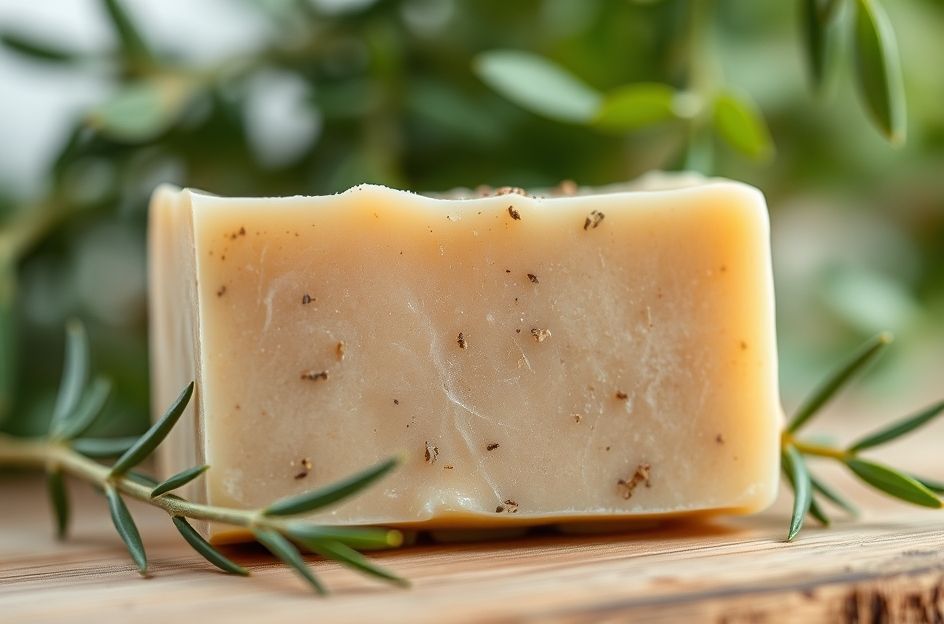Many consumers believe they are purchasing soap when buying products marketed as “beauty bars,” “deodorant bars,” or “moisturizing bars.” However, these are often petroleum-based detergent products, not true soap.
True soap, according to FDA regulations, is a cleansing agent made from a mixture of sodium salts, fatty acids, or natural oils and fats. Products failing to meet this definition cannot legally be labeled as soap.
The distinction between soap and detergent can significantly impact health, particularly for individuals with sensitivities. One compelling example involves a young boy who endured two years of severe allergies and chronic sinus infections. Traditional allergy testing, involving over 80 injections, failed to identify any triggers. Suspecting a chemical sensitivity beyond typical allergens, his mother decided to take action.
Knowing her own and her daughter’s severe formaldehyde allergies (a common preservative in many personal care products), she theorized her son might have a similar, undetected sensitivity. She thoroughly washed all of his bedding, clothing, and curtains using homemade olive oil laundry soap.
Remarkably, within two weeks, his sinus problems began to subside. Within a month, all his chronic symptoms, including migraines and breathing difficulties, completely disappeared. This experience highlights how everyday chemicals can contribute to health issues.
Many homes are saturated with potentially harmful chemicals, many of which are unnecessary. Making your own soap is a simple and rewarding process that can greatly benefit the entire family by reducing exposure to these chemicals and improving overall well-being.
